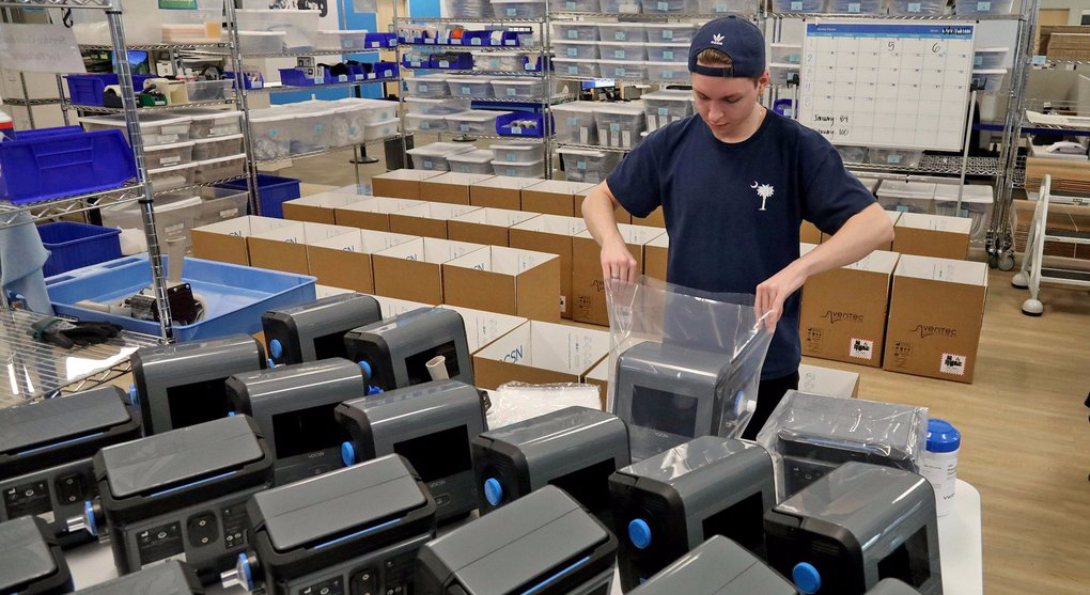Chicago Workers Collaborative Webcast Highlights Protection Issues

Dr. Susan Buchanan, clinical associate professor of environmental and occupational health sciences, joined the Chicago Workers Collaborative for a webcast Tuesday, April 14 on protecting workers in the workplace, particularly temporary workers, during the COVID-19 outbreak.
Buchanan noted that the phrase “essential workers” often leads people to think of healthcare workers but not the staff manufacturing medical equipment or processing food. At this point in the pandemic, the general public is familiar with the use of N95 masks by doctors and nurses, she said, but the needs of workers in factories and other settings are often missed.
“The supply chain will break down if this virus spreads,” Buchanan said. “We know it’s very easily spread, and if it spreads among workers doing essential services, we’re going to be in big trouble.”
Providing workers with the appropriate protective gear is an important first step, but Buchanan said training is often an overlooked tool. Workers may be provided with strong chemicals to clean their workstations but aren’t instructed on proper use of the supplies or how to conduct a deep cleaning. Delivery workers could benefit from instruction on how the virus lives on surfaces and ways to pass a package off to a person in their home.
Buchanan says the state can be play a key role in bolstering worker protections. Paid sick leave helps keep sick workers from spreading the virus in the workplace, and paid family leave provides flexibility for families with children home from school. Workers who contract COVID-19 in the workplace should be provided workers compensation. Employers have a responsibility to provide a safe workplace for non-medical essential workers, and the state can use enforcement mechanisms to ensure social distancing is implemented and personal protective equipment is provided.